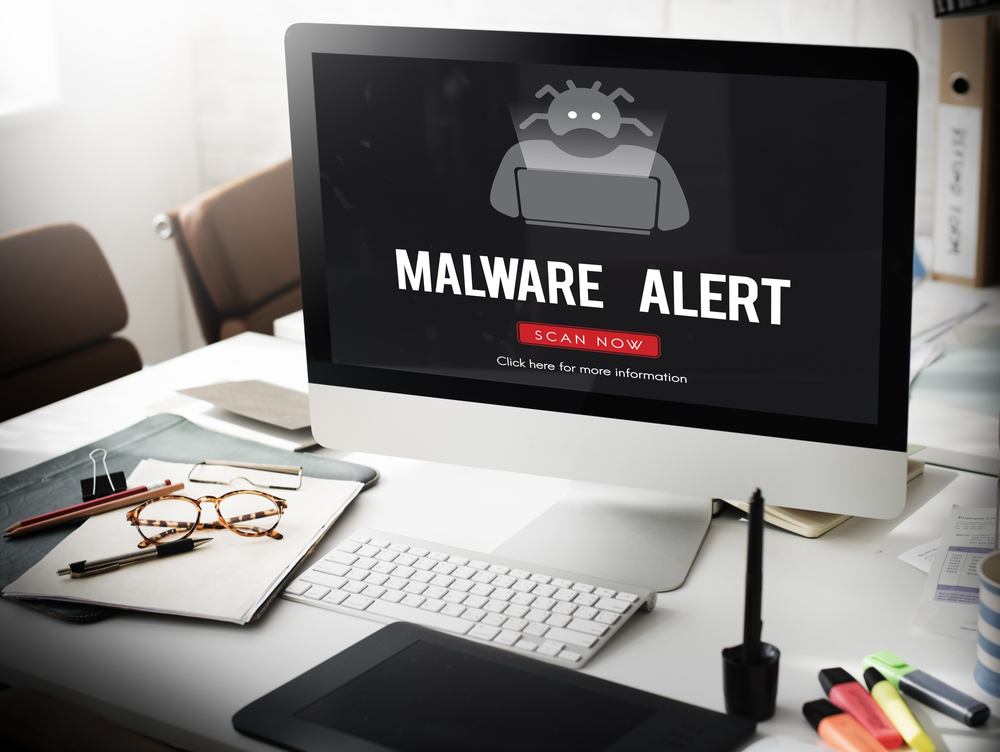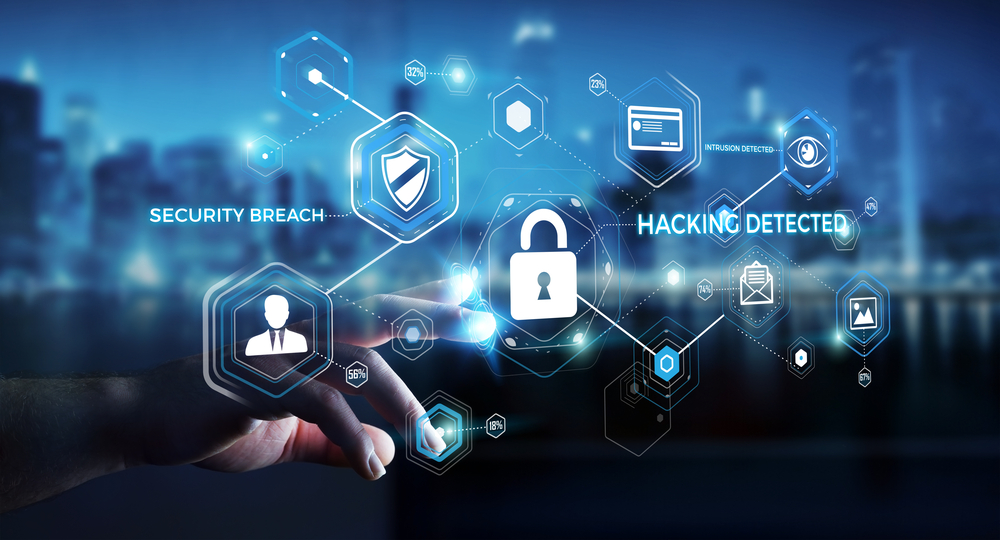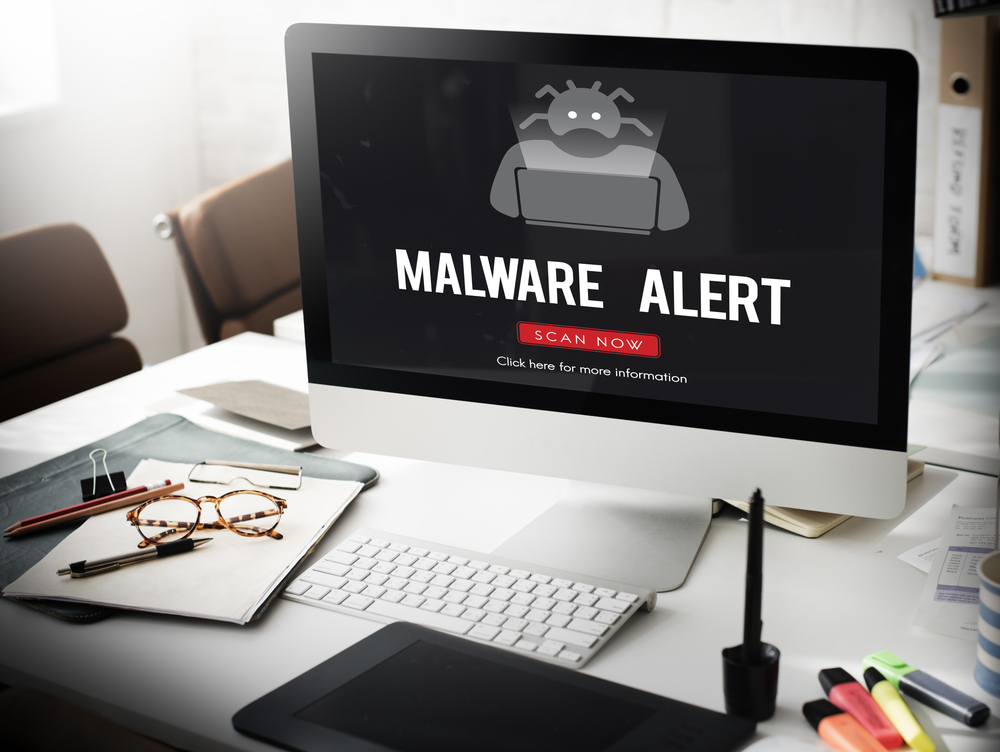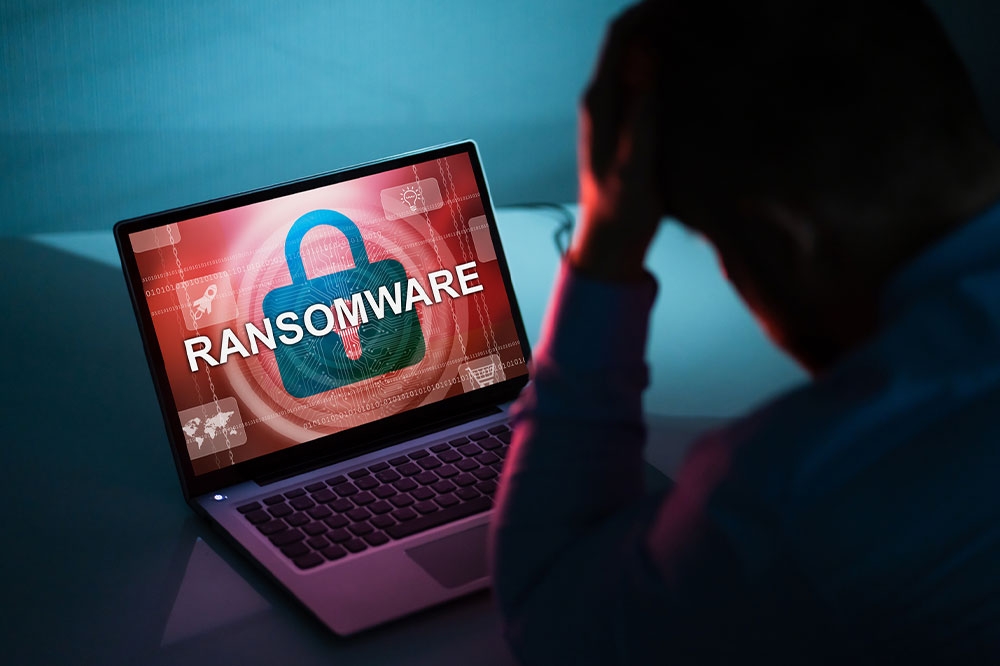Comprehensive Guide to Common Types of Malware and Their Potential Threats
This comprehensive guide explores various types of malware, including viruses, worms, ransomware, and fileless attacks. It highlights their operational mechanisms, potential threats, and preventive measures. Understanding these threats is crucial for safeguarding your digital devices and data from evolving cyber hazards that target individuals and organizations alike.

Comprehensive Guide to Common Types of Malware and Their Potential Threats
Malware, a contraction of malicious software, represents a wide array of harmful programs designed to infiltrate computers, servers, mobile devices, and networks without the user's consent. Once inside, malware can cause significant damage, steal sensitive information, or hijack system resources for malicious purposes. Over the past few decades, malware has evolved from simple viruses to complex, multi-faceted threats that challenge cybersecurity defenses worldwide. Recognizing the various types of malware, understanding how they operate, and being aware of their potential risks are essential steps in safeguarding digital assets in both personal and professional contexts.
The term "malware" first gained prominence in the late 20th century, paralleling the rapid expansion of the internet and digital communication technologies. Early malware examples included viruses that attached themselves to files and spread through infected disks or email attachments. Over time, malware sophistication increased, and new forms such as worms, trojans, spyware, rootkits, and ransomware emerged, each with unique behaviors and threat profiles.
In today's cybersecurity landscape, malware continues to evolve rapidly, leveraging the latest technological advances to bypass traditional defenses. Cybercriminals employ a variety of tactics, including exploiting zero-day vulnerabilities, using social engineering techniques, and deploying advanced malware variants such as ransomware, wiper malware, and fileless attacks. These threats are aimed at individuals, businesses, government agencies, and critical infrastructure, making malware a pervasive and persistent challenge worldwide.
Historically, malware has been used to cause disruptions, steal data, or damage systems. One of the earliest notorious examples is the Casino Disk Destroyer, which was designed to corrupt gaming machines. Over the years, malware has become more sophisticated, often combining multiple malicious components for greater impact. For instance, ransomware encrypts files and demands ransom payments for their release, effectively holding systems hostage. Wiper malware, such as the infamous Petya attack, aims to destroy data completely, leading to operational paralysis. Additionally, cryptocurrency mining malware infiltrates systems covertly, hijacking computational resources to generate digital currencies without user consent.
Of particular concern in recent years is the emergence of fileless malware, which operates entirely in memory without writing files to disk. This method makes detection challenging because traditional antivirus tools primarily scan for malicious files on storage devices. Fileless malware often exploits legitimate system processes and scripting languages like PowerShell or JavaScript to carry out its activities. Cybercriminals increasingly target mobile devices, recognizing their ubiquity and the wealth of personal data stored on them. Mobile malware variants can steal personal information, track locations, access cameras, and even record audio, posing serious privacy and security threats to individuals and organizational users alike.
Overall, malware remains one of the most significant cyber threats today. Protecting yourself involves keeping software up-to-date, using reputable security solutions, practicing cautious online behavior, and staying informed about emerging threats and attack techniques. As cyber threats continue to evolve, so must our defenses and awareness to ensure digital safety in an increasingly connected world.





